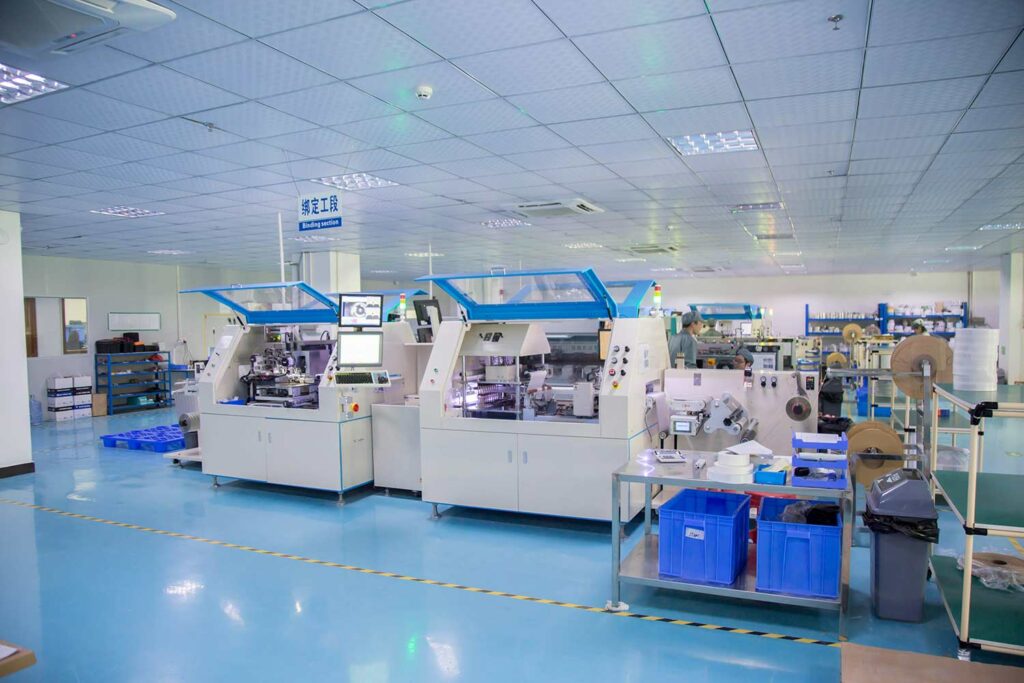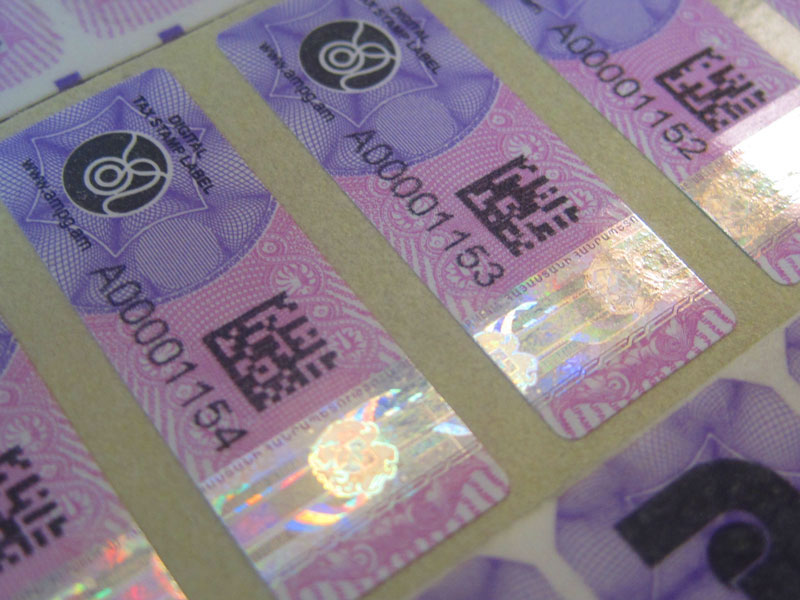In today’s rapidly changing world, the importance of flexographic anti counterfeit printing cannot be overstated. This innovative printing method has become a crucial tool for businesses seeking to safeguard their products from forgery and ensure consumer trust. With the rise in counterfeit goods, companies are increasingly turning to this technology to protect their brands and maintain their market position.

Understanding Flexographic Printing
Flexographic printing is a versatile and efficient method known for its ability to print on a wide range of materials. It utilizes flexible relief plates, which make it ideal for long print runs and high-quality prints. This technique is not only cost-effective but also adaptable, making it a popular choice for businesses.
The Role of Anti-Counterfeit Measures
As businesses expand globally, the threat of counterfeiting grows. By incorporating anti-counterfeit measures into their packaging, companies can significantly reduce the risk of imitation products reaching consumers. These measures include specialized inks, holograms, and unique serial numbers that are difficult for counterfeiters to replicate.
Special Inks in Anti-Counterfeit Printing
One of the key components of anti-counterfeit printing is the use of special inks. These inks can change color, reveal hidden messages, or glow under UV light. Such features not only enhance the security of the packaging but also make it easier for consumers to identify authentic products.
Benefits of Flexographic Anti Counterfeit Printing
The integration of flexographic anti counterfeit printing offers numerous advantages to businesses. These include improved brand protection, enhanced consumer trust, and minimized risk of revenue loss due to counterfeit products. Additionally, this printing method allows for high-speed production, which is essential for meeting market demands.
Cost-Effectiveness and Efficiency
One of the significant benefits of flexographic printing is its cost-effectiveness. The ability to print large volumes quickly reduces production costs, making it an economically viable option for businesses of all sizes. Moreover, the efficiency of flexographic printing ensures that companies can rapidly respond to market changes.
Environmental Impact
Flexographic printing is also known for its environmentally friendly aspects. The use of water-based inks and the ability to print on recyclable materials contribute to a reduced environmental footprint, aligning with the growing consumer demand for sustainable practices.
Implementing Anti-Counterfeit Strategies
For businesses looking to implement anti-counterfeit strategies, it’s essential to consider the specific needs of their products and market. Collaborating with experienced printing firms can provide valuable insights into the most effective security features for a particular product.
Choosing the Right Printing Firm
When selecting a printing firm, businesses should seek partners with a proven track record in anti-counterfeit printing. These companies can offer tailored solutions that meet the unique challenges of different industries.
Innovative Technologies in Printing
Advancements in printing technology continue to enhance the capabilities of flexographic anti counterfeit printing. Innovations such as RFID tags and digital watermarks provide additional layers of security, making it increasingly difficult for counterfeiters to succeed.
Future of Flexographic Anti Counterfeit Printing
The future of flexographic anti counterfeit printing looks promising as technology continues to evolve. With ongoing research and development, businesses can expect even more sophisticated solutions to emerge, further strengthening their defenses against counterfeiting.
Continuous Improvement and Adaptation
To stay ahead of counterfeiters, businesses must continuously improve and adapt their anti-counterfeit measures. This requires staying informed about the latest trends and technologies in the printing industry.
Collaboration and Knowledge Sharing
Collaboration between businesses, printing firms, and industry experts is crucial in the fight against counterfeiting. By sharing knowledge and experiences, companies can develop more effective strategies to protect their products and consumers.

FAQs
What is flexographic anti counterfeit printing?
Flexographic anti counterfeit printing combines traditional flexographic printing techniques with security features to prevent counterfeiting. It is used to protect products and ensure their authenticity.
How does flexographic printing prevent counterfeiting?
Flexographic printing prevents counterfeiting by incorporating security features such as special inks, holograms, and unique serial numbers that are difficult to replicate.
Why is flexographic printing considered environmentally friendly?
Flexographic printing is considered environmentally friendly because it uses water-based inks and can print on recyclable materials, reducing its environmental impact.
This article contains affiliate links. We may earn a commission at no extra cost to you.







